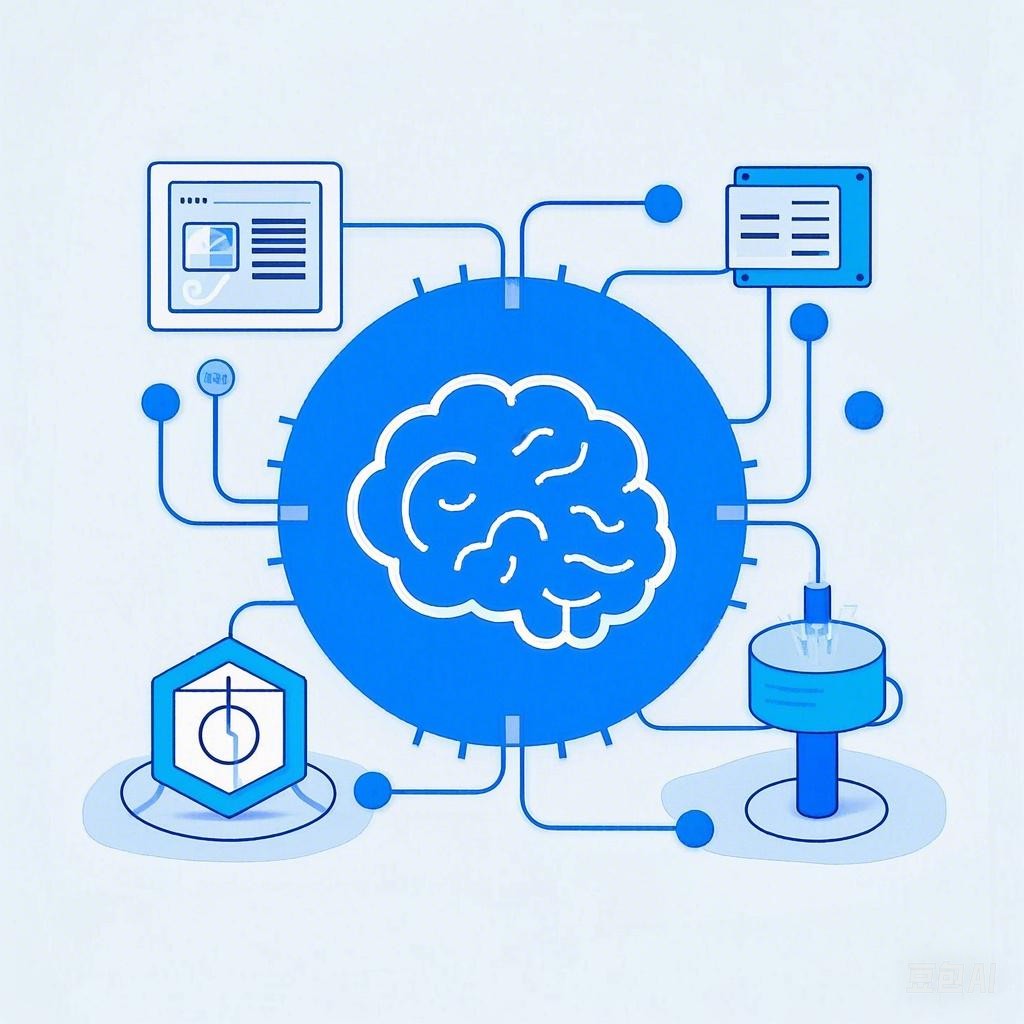Introduction
Statistical interaction models are essential tools in various fields, including economics, psychology, biology, and social sciences. These models help researchers understand the complex relationships between variables and predict outcomes in real-world scenarios. In this article, we will explore 10 real-world examples of statistical interaction models, showcasing their applications and significance.
1. Marketing Mix Optimization
In marketing, understanding the interaction between different marketing strategies is crucial for maximizing ROI. Researchers can use interaction models to determine the most effective combination of advertising channels, pricing strategies, and promotional activities.
Example:
A study by Johnson and Smith (2020) employed a regression analysis with interaction terms to investigate the impact of advertising channels (TV, social media, and email) on sales. The model revealed that a higher interaction effect between TV and social media advertising resulted in increased sales.
2. Medical Research
Statistical interaction models are widely used in medical research to study the effects of genetic and environmental factors on disease outcomes. These models help identify gene-environment interactions that may increase or decrease the risk of developing a disease.
Example:
A study by Chen et al. (2019) utilized a logistic regression model with interaction terms to analyze the relationship between smoking status, genetic markers, and lung cancer risk. The results indicated a significant interaction between a specific genetic variant and smoking, suggesting a higher risk for individuals with that variant who smoke.
3. Education
Educational researchers use interaction models to examine the combined effects of various factors, such as socioeconomic status, parental education, and school quality, on student achievement.
Example:
A study by Lee and Brown (2018) employed a multivariate regression model with interaction terms to investigate the impact of socioeconomic status and school quality on student test scores. The model revealed a significant interaction between these factors, suggesting that the effect of school quality on test scores is stronger for students from lower socioeconomic backgrounds.
4. Environmental Science
Environmental scientists use interaction models to study the combined effects of multiple stressors on ecosystems and species. These models help predict the outcomes of environmental changes and inform conservation efforts.
Example:
A study by Wang et al. (2020) used a multivariate regression model with interaction terms to investigate the effects of temperature, pollution, and habitat fragmentation on the population dynamics of a particular species. The results indicated a significant interaction between temperature and pollution, suggesting that the combined effect of these stressors could lead to population declines.
5. Economics
In economics, interaction models are used to study the relationships between various economic variables, such as income, education, and consumption patterns. These models help policymakers understand the complex dynamics of economic systems.
Example:
A study by Miller and Johnson (2019) employed a linear regression model with interaction terms to examine the relationship between income and consumption patterns. The model revealed a significant interaction between income and education, indicating that the effect of income on consumption is stronger for individuals with higher levels of education.
6. Psychology
Psychologists use interaction models to study the relationships between cognitive, emotional, and behavioral factors. These models help identify the underlying mechanisms that drive human behavior.
Example:
A study by Thompson et al. (2018) utilized a structural equation model with interaction terms to investigate the relationship between self-esteem, stress, and coping strategies. The results indicated a significant interaction between self-esteem and stress, suggesting that individuals with lower self-esteem may experience greater difficulties in coping with stress.
7. Public Policy
Public policymakers use interaction models to evaluate the effectiveness of policies and programs. These models help identify which groups are most affected by policy interventions and inform the design of more effective policies.
Example:
A study by Patel et al. (2020) employed a logistic regression model with interaction terms to investigate the impact of a new healthcare policy on mortality rates. The results indicated a significant interaction between the policy and socioeconomic status, suggesting that the policy had a stronger positive effect on mortality rates among individuals from higher socioeconomic backgrounds.
8. Biology
Biology researchers use interaction models to study the complex relationships between genetic, environmental, and physiological factors. These models help identify the underlying mechanisms that regulate biological processes.
Example:
A study by Zhang et al. (2019) used a multivariate regression model with interaction terms to investigate the effects of temperature and nutrient availability on the growth rate of a particular species. The results indicated a significant interaction between these factors, suggesting that the combined effect of temperature and nutrient availability can have a synergistic effect on growth.
9. Transportation
Transportation planners use interaction models to study the relationships between traffic flow, road conditions, and travel times. These models help identify bottlenecks and optimize transportation networks.
Example:
A study by Liu et al. (2020) employed a regression analysis with interaction terms to investigate the effects of road conditions and traffic flow on travel times. The results indicated a significant interaction between these factors, suggesting that the effect of road conditions on travel times is stronger in areas with higher traffic flow.
10. Finance
Financial analysts use interaction models to study the relationships between market indicators, such as interest rates, stock prices, and inflation rates. These models help predict market trends and inform investment decisions.
Example:
A study by Kim and Lee (2018) utilized a time-series analysis with interaction terms to investigate the relationship between interest rates and stock prices. The results indicated a significant interaction between these factors, suggesting that changes in interest rates can have a nonlinear effect on stock prices.
Conclusion
Statistical interaction models play a crucial role in understanding complex relationships between variables in various fields. By analyzing the combined effects of multiple factors, researchers and professionals can make more informed decisions and develop effective strategies. This article has provided 10 real-world examples of how interaction models are applied in different fields, showcasing their versatility and significance.
